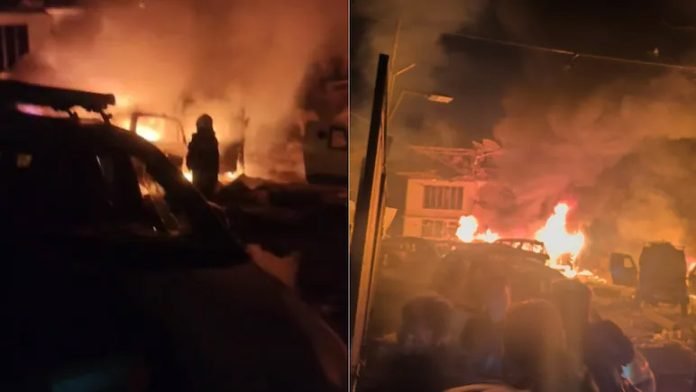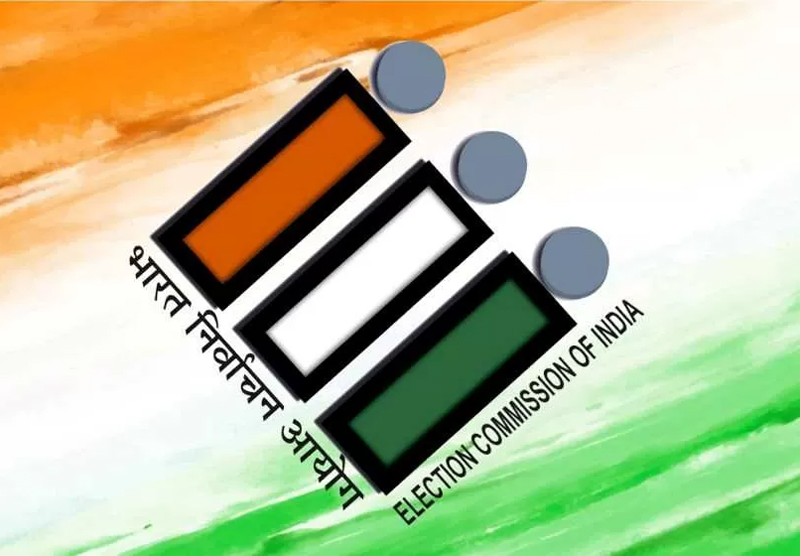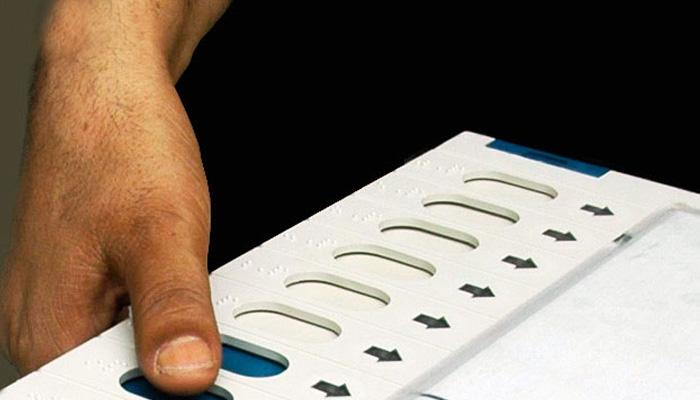J&K is gradually heading towards water crises. In the present scenario, the state is facing around 40 percent non-revenue water loss. In simple terms, the state is losing around half the supply water in distribution, which is worse than revenue loss!
The non-revenue water is water that has been produced and is lost before it reaches households, either due to leaks or theft by consumers.
According to senior officials of the public health engineering (PHE) department and the Economic Reconstruction Agency (ERA,it would require an investment of more than Rs 1,500 crore to replace the worn-out and defunct supply infrastructure in major towns and urban centres.
Internationally acceptable figures of the non-revenue water are 15 to 20 per cent.
According to a news report, failure to plug leaks in the distribution network, installation of flow meters and pressure gauge gadgets, supervisory control and replacement of old pipes and installation of meters were the main factors for the huge loss of water during distribution.
According to a PHE official,
“Studies carried in some selected areas have disclosed water loss of up to 40 per cent and more. The main reason is the damage caused by people and old worn-out infrastructure. Illegal connections and wastage of water by consumers is another factor. It cannot continue like this anymore”.
Read also: Things to know about Ranbir Canal: Lifeline of Jammu
Moreover, the increase in population in towns and Jammu and Srinagar cities has led to unplanned development with the demand for water increasing.
According to CEO of ERA, Satish Razdan,
“The problem is there. We are working on a Rs 350-crore plan to replace the water distribution network in the capital cities with the help of Asian Development Bank. The project will be starting from Jammu and will be extended to other towns later. It is a long-term project and could take years to complete”
With long term projects in pipeline, it seems that short term losses will have to be ignored by some and borne by others.
















